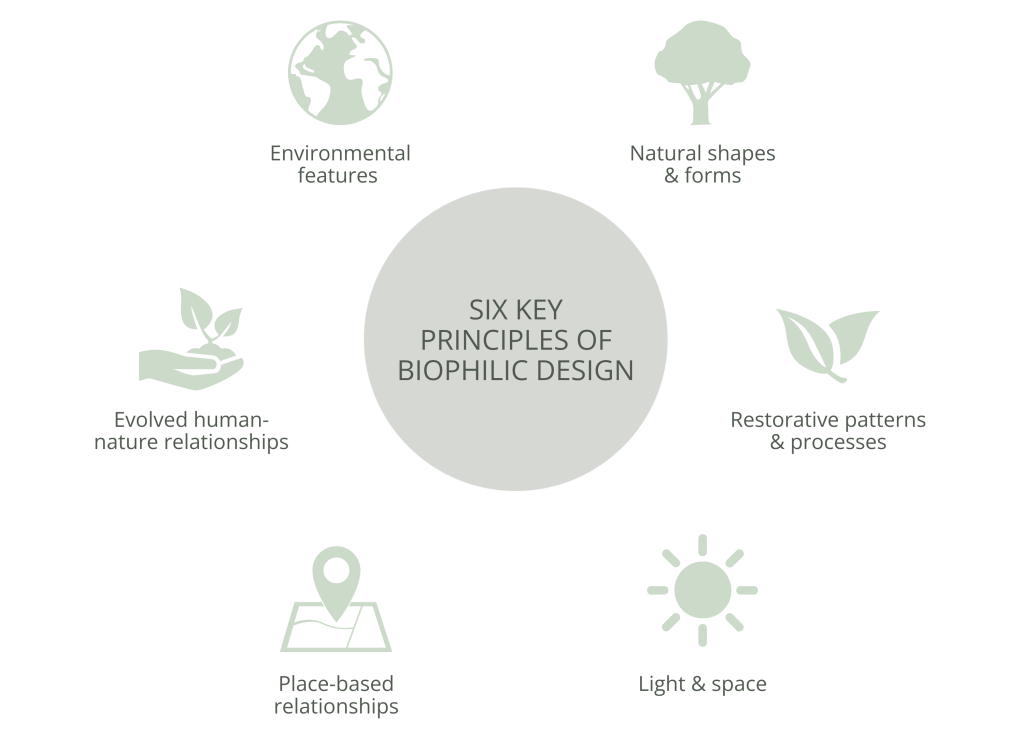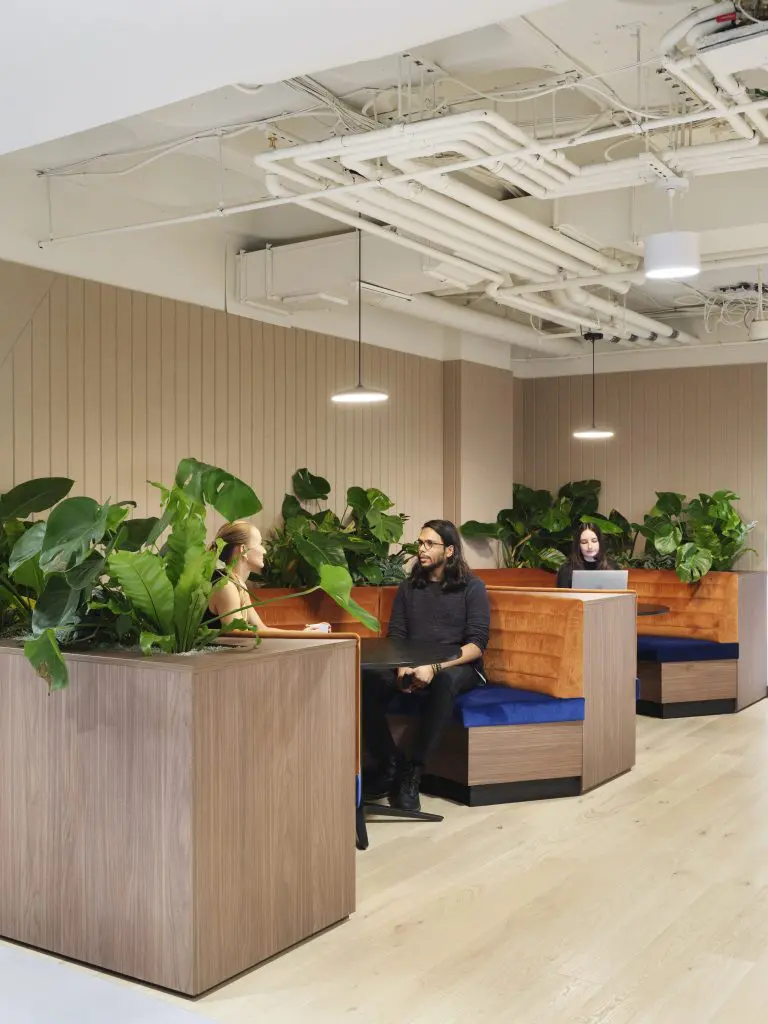Employee engagement: why it matters
In their 2023 State of the Global Workplace Report, analytics and advisory firm Gallup found that nearly 6 in 10 employees are feeling disengaged at work. Traits of disengaged employees can include demotivation, missed deadlines, disinterest in team activities and avoidance in taking initiative.
Such behaviours have also been described by the term ‘quiet quitting,’ whereby a disengaged employee only fulfils the bare minimum of their duties.

The Impact of Disengagement
Employee disengagement can result in several issues, both for an individual’s wellbeing and the organisation. Decreased productivity is a key risk of disengaged employees, along with high absenteeism, turnover rates, and the subsequent recruitment and training costs.
The 2023 State of the Global Workplace Report found that disengaged employees are estimated to cost the global economy $8.8 trillion dollars, which represents 9% of global GDP. As well as the financial implications, employee disengagement also results in an adverse impact on team morale, which may cause an overall reduction in workplace productivity and innovation due to an unfavourable working environment.

The Role of Nature in Engagement
Biophilic design can be classified into six key principles illustrated below:

The last two principles provide a clear insight into how biophilic design can foster a sense of purpose and belonging. Place-based relationships refer to the link between culture and ecology. This is based upon a human’s sense of connection with familiar surroundings and feelings of protection or stewardship towards such places, known as Place Attachment Theory.
A study published in the Journal of Environmental Psychology investigated the connection between green buildings and place attachment. It found that biophilic design and opportunities for connection to nature were amongst the most important aspects for supporting Place Attachment Theory and can enhance individual wellbeing, quality of life, as well as increase pro-environmental behaviours and community resilience.
When coupled with the attachment to nature and health and wellbeing benefits that biophilic design provides, it is clear to see the powerful impact that spaces with a strong biophilic element can have on an individual’s sense of belonging within that space.

How Interactive Experiences with Plants Create Meaningful Connections
Direct contact with vegetation represents one of the most successful ways of promoting human connection in design. Dr. Stephen Kellert claims that human evolution and survival require the management of natural environments, particularly with regards to sensory elements. Moreover, DelSesto highlights the variety of often overlooked ways that we interact with plants in daily life.
From clothing to writing materials, plants are used to produce essential daily items. What’s more, the exchange of plants as a mark of celebration or condolence highlights their powerful role in landmark events in our lives.
DelSesto’s below spectrum categorises people-plant interactions into key groupings: physical exertion, tactile immersion and peaceful abiding. Different aspects can align particularly strongly with some of the identified benefits of biophilia. For example, interactions classified under the ‘peaceful abiding’ grouping are likely to be closely aligned to the benefits of stress reduction, while those classed as ‘tactile immersion’ may be particularly effective at boosting engagement and concentration.
Strategies Behind Engage & Bloom: Tailored Solutions for Every Workplace
Engage & Bloom is Planteria Group’s employee experience program grounded in the principles of biophilia and the scientifically proven links between nature, productivity and wellbeing. Through a series of interactive, plant-based experiences, it inspires individuals to connect with nature.

Engage & Bloom delivers tailored solutions for every workplace. In addition to an informative biophilic webinar, employees can dial-in live and speak to our ‘Plant Doctor’ who will advise on care and maintenance of specific plants. There is the opportunity to identify and learn about plant species, simply by scanning a plant’s QR code. Packages can also include interactive and engaging biophilic-based workshops, which can encompass activities such as wreath making, floristry and orchid arrangement.

Flexible Solutions to Suit Workplace Needs
Engage & Bloom is focused on creating tailored solutions for every workplace. The flexibility of several key offerings within the program allows employers to implement activities in accordance with their workplace’s needs and schedules.
Plant giveaways, biophilic webinars and workshops can be scheduled at a convenient time and location for the business, whether it is on-site or at a separate location as part of an out-of-office event.
Engagement Through Experience
According to Michigan State University, there are many activities workplaces can implement to improve group cohesion and build trust.
Such activities often give employees the chance to interact with colleagues in a different way and reveal different aspects of their personalities that may not come out during normal work interactions.
Other advantages of team building include: boosting employee engagement, encouraging communication, mitigating conflict and increasing collaboration.
Engage & Bloom workshops provide an opportunity for employees to experience these benefits, whether working directly together or enjoying a shared experience alongside each other to produce wreaths, orchid displays, and floristry bouquets.
As noted by McKinsey & Company, being amongst nature helps with attention span, creativity, wellbeing and happiness, and should act as a foundational resource for both individual and team development.
Read More
Discover ways to enhance your office environment with our expert insights on biophilic design, wellbeing, sustainability and the world of plants.






